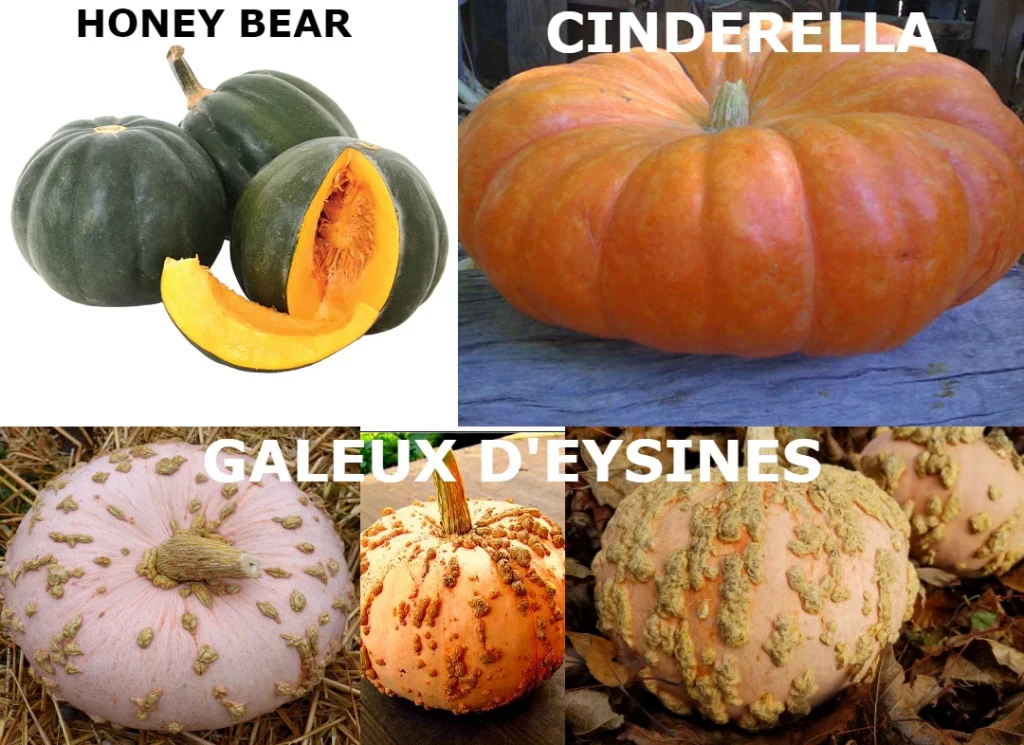If you’re looking to plant pumpkins in North Carolina or South Carolina, now is the time! This blog post will examine the best time to plant pumpkins in both states and give you some tips for growing them. So, whether you’re a first-time pumpkin grower or an experienced pro, you’ll know when to plant pumpkins in NC and SC!
Best Time to Plant Pumpkins in North Carolina & South Carolina

The absolute best time to plant pumpkins in North Carolina & South Carolina is from mid-April to early May. This allows the pumpkin plants plenty of time to grow and produce fruit before the hot summer months. However, if you’re planting later in the season, you can still have success as long as you choose a variety that matures quickly.
TIP: When you haven’t seen frost outside for two weeks, you’re ready to plant the pumpkins seeds.
Some Tips for Growing Pumpkins in North Carolina & South Carolina
- Select a sunny location in your garden with well-drained soil.
- Pumpkin plants need room to spread, so give them plenty of space when you plant them.
- Water your pumpkin plants regularly, especially during dry spells.
- Mulch the plants with a heavy layer of mulch.
How to Plant Pumpkins in North Carolina & South Carolina

- Find a good pumpkin patch
- To begin, remove the top layer of soil and loosen the subsoil beneath it.
- This is good to do because it will help the pumpkin plants’ roots to spread more easily.
- Add some organic matter to the hole, such as compost or manure, and mix it in well.
- Doing so will help to improve the soil’s structure and fertility.
- Sprinkle a few pumpkin seeds into the hole and then cover them with a thin layer of soil.
- You don’t want the seeds to be too deep, so make sure that the soil is no more than ½ inch (13 mm) deep.
- Gently water the area.
- Avoid overwatering the pumpkin seeds, since this can cause them to rot. You should water the area until the soil is moist but not soaked. If you see the leaves wilting, that means they’re thirsty! Make sure to give them a good drink of water.
- Once the seedlings have emerged, thin them out so that only the strongest plants remain.
- You can take the pumpkin vines of the smaller plants and transplant them elsewhere in your garden, or simply discard them.
Maturation of the Pumpkin Plants
The pumpkin plants’ stages of growth usually take between 90 and 120 days to mature. However, some varieties mature sooner, so if you’re planting later in the season, be sure to choose one of those.

When selecting a pumpkin variety, keep a few things in mind. First, decide whether you want to grow pumpkins for carving or eating. If you’re growing pumpkins for carving, look for varieties with thick walls and a uniform shape. Some popular varieties include:
- Cinderella
- Galeux d’Eysines
If you’re growing pumpkins for eating, look for sweet varieties with thick flesh. Some popular varieties include:
- Sugar Pie
- Honey Bear
- Baby Pam
Harvesting Your Pumpkins
When it comes time to harvest your pumpkins, you’ll want to wait until they are fully ripe. The skin should be hard, and the stem should be dry. To test for ripeness, press your thumb into the skin of the pumpkin – if it dents, it’s not ready yet. If it’s difficult to make a dent, it’s ready to harvest.
Conclusion
Pumpkins are a fun, inexpensive, and easy-to-grow fruit that can be enjoyed year-round. If you want your garden space to feel like fall all the time, consider planting pumpkins in North Carolina or South Carolina!
Pumpkins need plenty of sunlight and room for their roots to spread out – so make sure to plan ahead when choosing where they’ll go. And remember: plant them from mid-April through early May if possible since this will give them enough time before the hot summer months hit.
The right variety is also important – some varieties mature quicker than others which may help if you’re late with your planting schedule. When it’s harvest time, wait until the pumpkin skin is hard and dry, then use your thumb to test for ripeness.
We hope this article has been useful in getting you started growing pumpkins in North and South Carolina! For more tips and information, be sure to check out our website or leave us a comment. Happy pumpkin growing!

